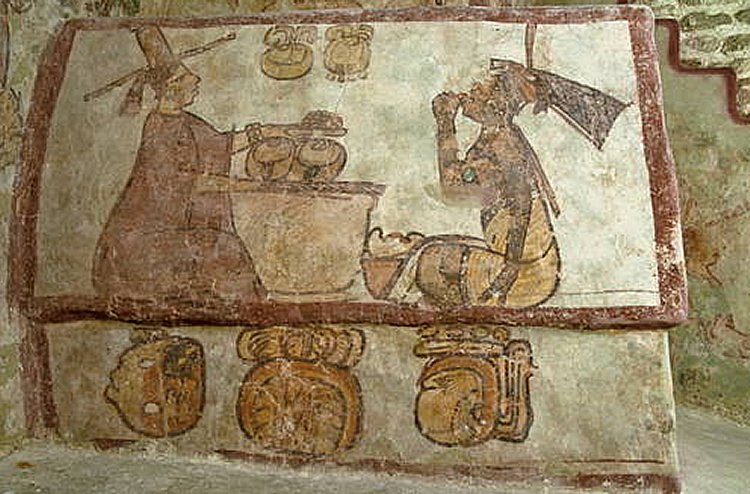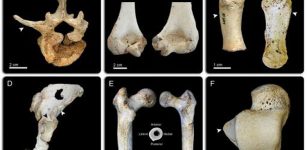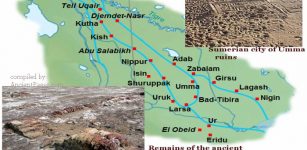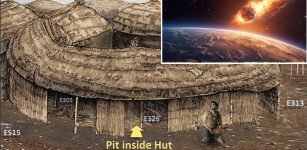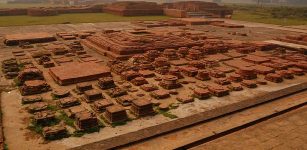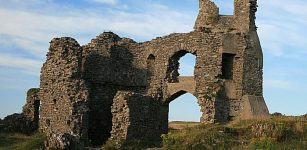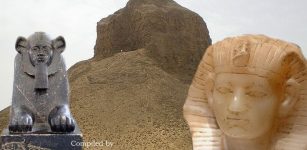Ancient Maya Destroyed Their Environment 2,000 Years Ago – Effects Are Still Visible Today
Maya activity more than 2,000 years ago not only contributed to the decline of their environment but continues to influence today's environmental conditions, researchers at The University of Texas at Austin say.
Synthesizing old and new data, researchers have for the first to demonstrate the full extent of the "Mayacene" as a microcosm of the early anthropocene - a period when human activity began greatly affecting environmental conditions, according to a new study.
"Most popular sources talk about the anthropocene and human impacts on climate since the industrial revolution, but we are looking at a deeper history," said lead author Tim Beach, the C.B. Smith Sr. Centennial Professor of Geography and the Environment.
"Though it has no doubt accelerated in the last century, humans' impact on the environment has been going on a lot longer."
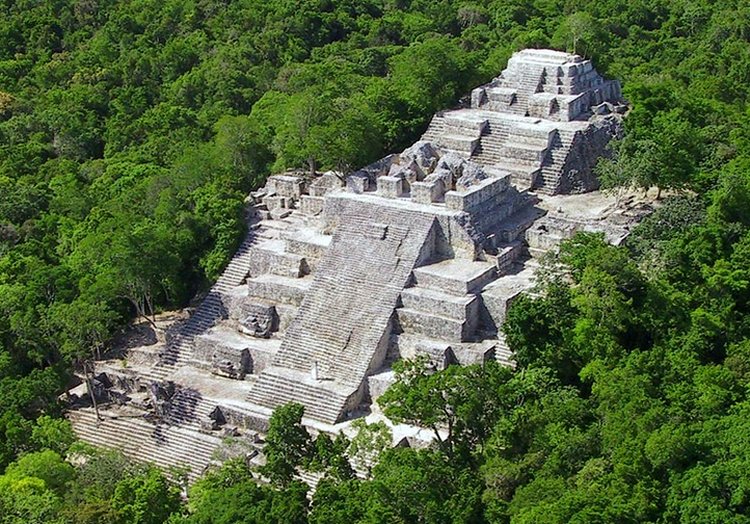
The Pyramid of Calakmul, Campeche, Mexico, a massive north-facing pyramid temple, one of the largest in the Maya world. Credits: Wikipedia
By looking at Maya impacts on climate, vegetation, hydrology and lithosphere from 3,000 to 1,000 years ago, researchers propose that the Maya's advanced urban and rural infrastructure altered ecosystems within globally important tropical forests.
Six stratigraphic markers - or "golden spikes" have been studied. They indicate a time of large-scale change, including: "Maya clay" rocks; unique soil sequences; carbon isotope ratios; widespread chemical enrichment; building remains and landscape modifications; and signs of Maya-induced climate change.
"These spikes give us insight into how and why Mayas interacted with their environment, as well as the scope of their activity," said Sheryl Luzzadder-Beach, co-author and chair of the Department of Geography and the Environment.
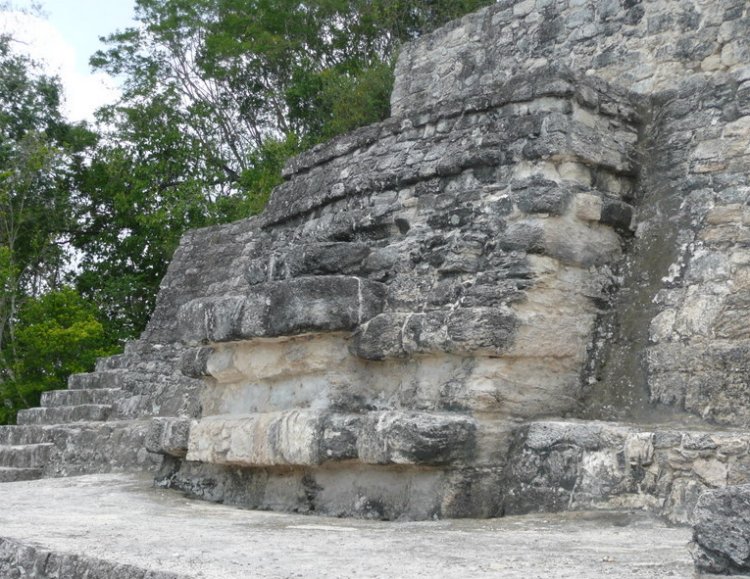
Archaelogical Zone of Calakmul, in Campeche state, Mexico. Mask at the base of Structure 2. Credits: commons.wikimedia.org/Pete Fordham
Maya clay and soil sequences indicated erosion, human land-use changes and periods of instability. Soil profiles near wetlands revealed heightened carbon isotope ratios due to agriculture and corn production; and researchers noted a three- to fourfold increase in phosphorus throughout Maya-age sediments.
However, the most visual indication of human impact was found in building material remains and landscape modifications. Researchers believe that these clues reveal how the Maya used water management to adapt to climate change.
"In studying the wetland systems, we were surprised to find a combination of human and natural contributions," Luzzadder-Beach said.
"Geochemical changes indicated that some wetlands were natural, while others were built landscapes used to grow crops away from the large population."
While some studies suggest that deforestation and other land use contributed to warming and drying of the regional climate by the Classic Period (1700-1100 years ago), many existing forests are still influenced by Maya activities, with many structures, terraces and wetlands still existing today, researchers said.
The study 'Ancient Maya impacts on the Earth's surface: An Early Anthropocene analog?' will be published in the Quaternary Science Reviews this month.
AncientPages.com
Source: The University of Texas at Austin

